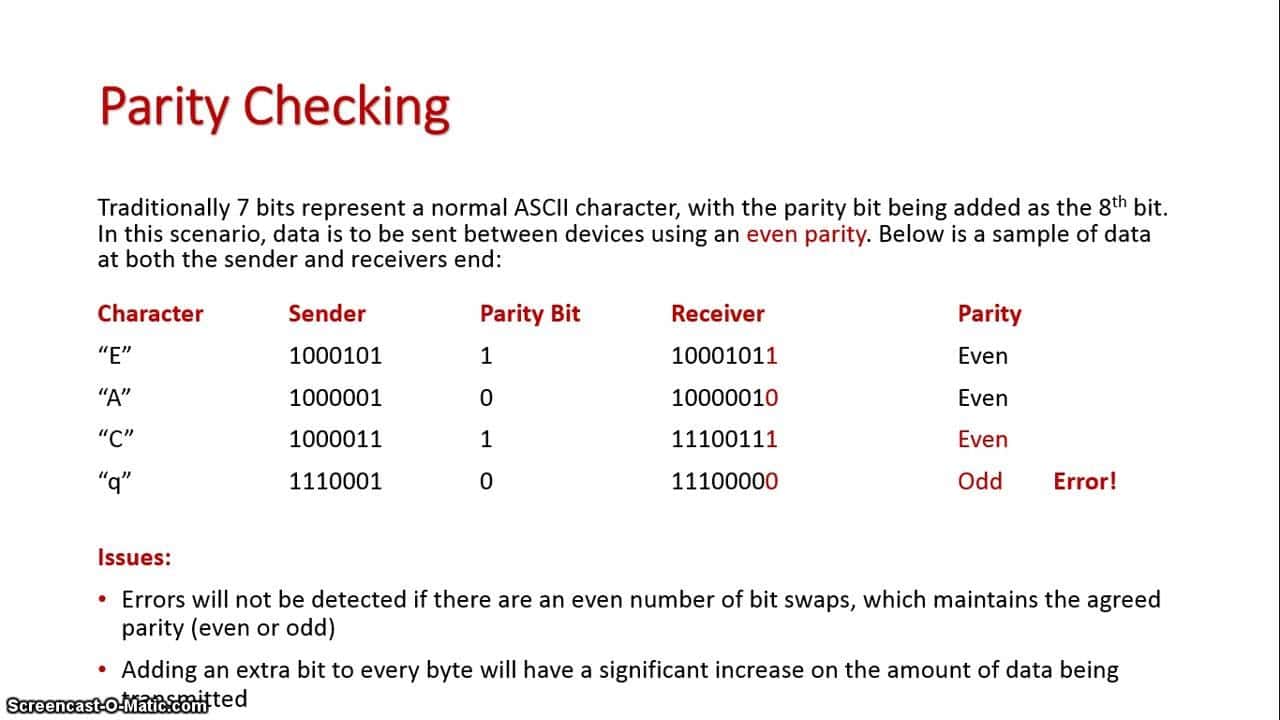Parity check is a data verification system used to protect memory and data stored in computers and other digital devices from conflict and unintended alteration. It is a type of error-detection system, a process that works by adding one or more bits of data (called “parity bits”) to a byte or packet of data. The parity bits are generated based on the data contained in the byte or packet as part of an algorithm, and are stored along with the data. At the receiving end, the parity bits are compared with those generated from the same algorithm with the same data, and if they do not match, it is an indication of an error.
The parity check is designed to detect errors in data that is stored or transmitted, and can be used as part of a more comprehensive system of error-detection and error-correction. It is one of the more efficient and reliable methods for detecting and correcting errors, and is commonly implemented on storage devices such as RAM, hard drives, and CD-ROMs. It is also used in computer networks to assure the accuracy of transmitted data.
In the context of cryptography, parity checks are used in hashing algorithms to detect when the input data has changed, and to detect forgeries. Parity check systems are also used in systems that involve multiple nodes, such as distributed networks, to ensure that the data stored across different nodes is consistent.
Parity check systems are used in many security applications, as they allow for reliable verification of data integrity. They are a key component of many protocols that are used to secure information, and they are increasingly becoming a standard part of cyber security tools and protocols.






